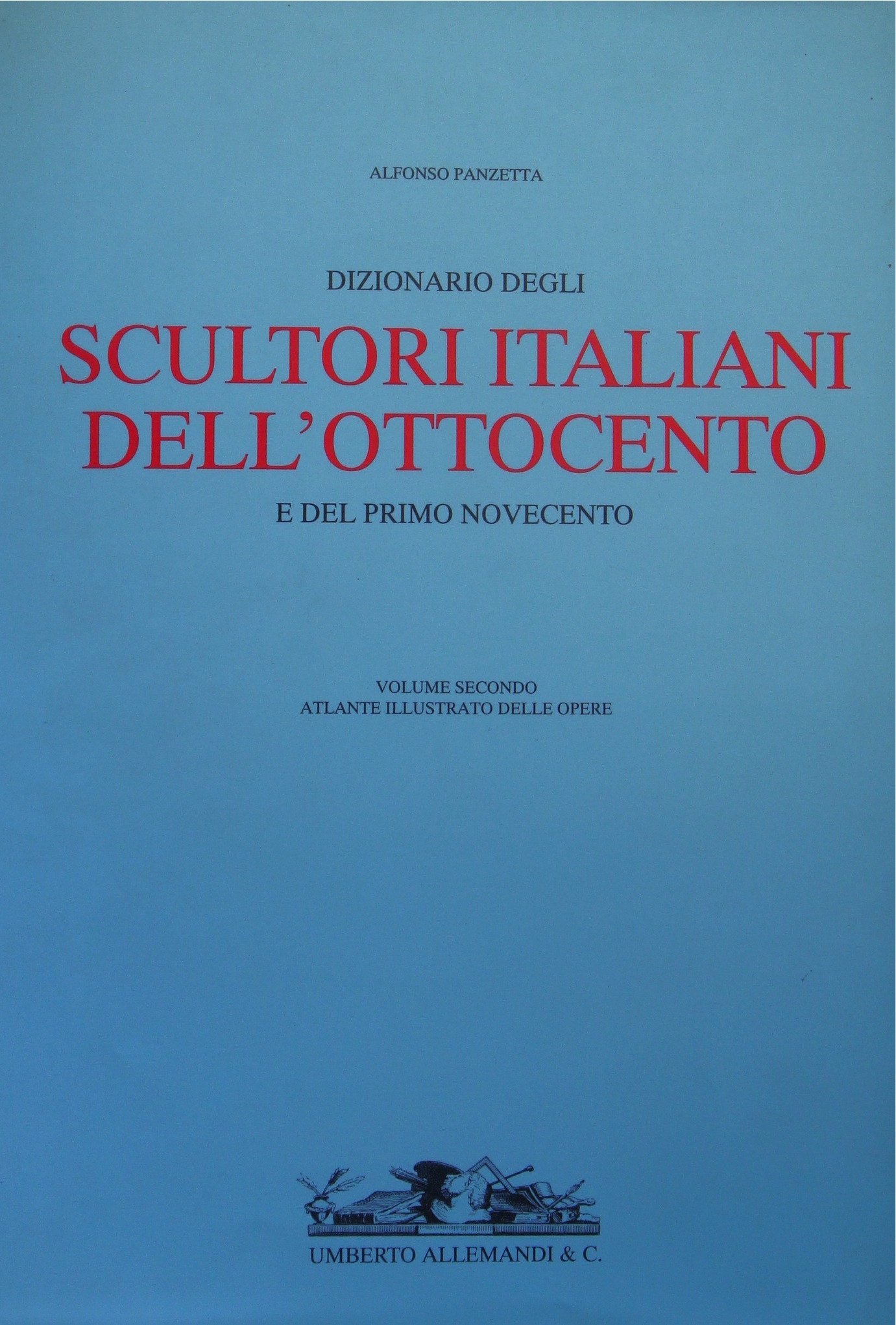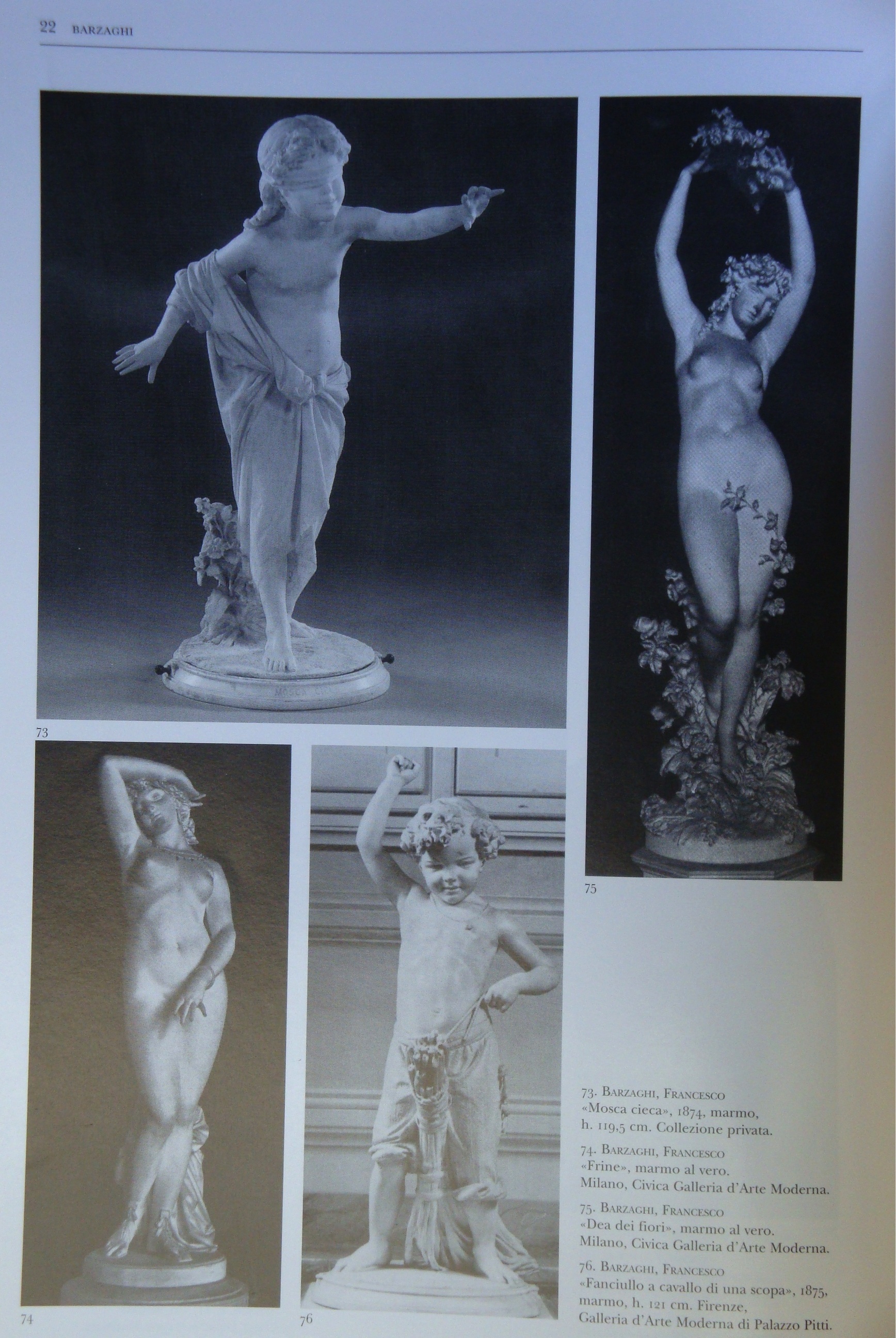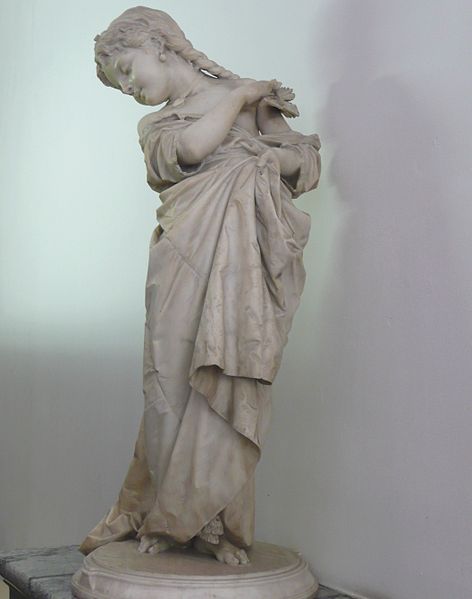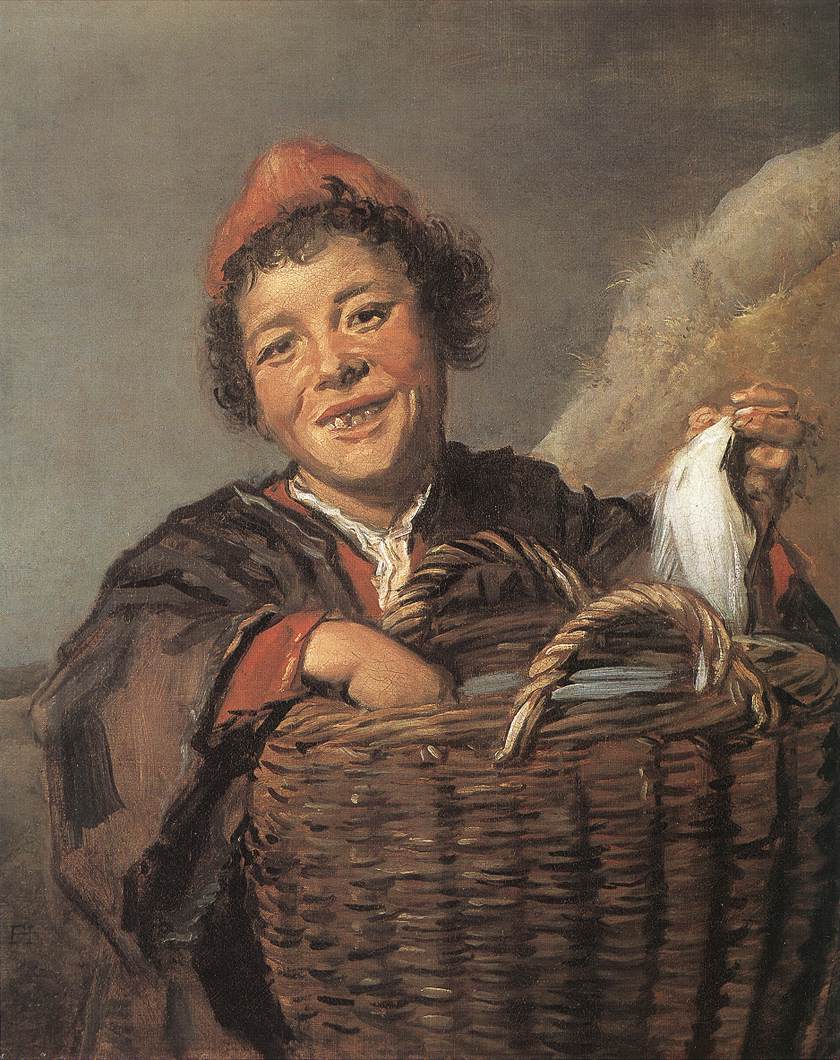Sculpture: 41 in (104 cm) high
Pedestal: 86 in (218.4 cm) high
Born in Milan in 1839, Barzaghi studied at the Brera Academy of Fine Arts, learning the sculptural techniques that would bring him to the apex of the city’s artistic circles. His work includes a wide range of themes: allegorical subjects such as the Goddess of Flowers, made in 1867 and presented at the Exposition in Paris that same year, and Phryne. Sacred compositions, such as the statues of saints Hilarion, Wencelaus and Adelaide were made by Barzaghi in 1865 for the Milan Cathedral, and sculptures of Bartholomew and Thomas made in 1870 for Bergamo Cathedral. Barzaghi’s works can be viewed all over the city of Milan, such as the statue of Alessandro Manzoni in Piazza San Fedele made in 1883. He is well known for numerous monuments such as his Monumento to Vittorio Emanuele II in Lodi.
This realisticially carved sculpture of a fisher boy is representative of Barzaghi’s sophisticated and accomplished work realised when he was at the beginning of his career.
Having built an international reputation for himself, Barzaghi was given a post as professor of sculpture at the Accademia di Brera in 1880 and continued to teach there until his death in 1892. One of his most famous sculptures, Mosé salvato dale acque, made in 1873, is held in the Stedelijk Museum in Amsterdam.
















